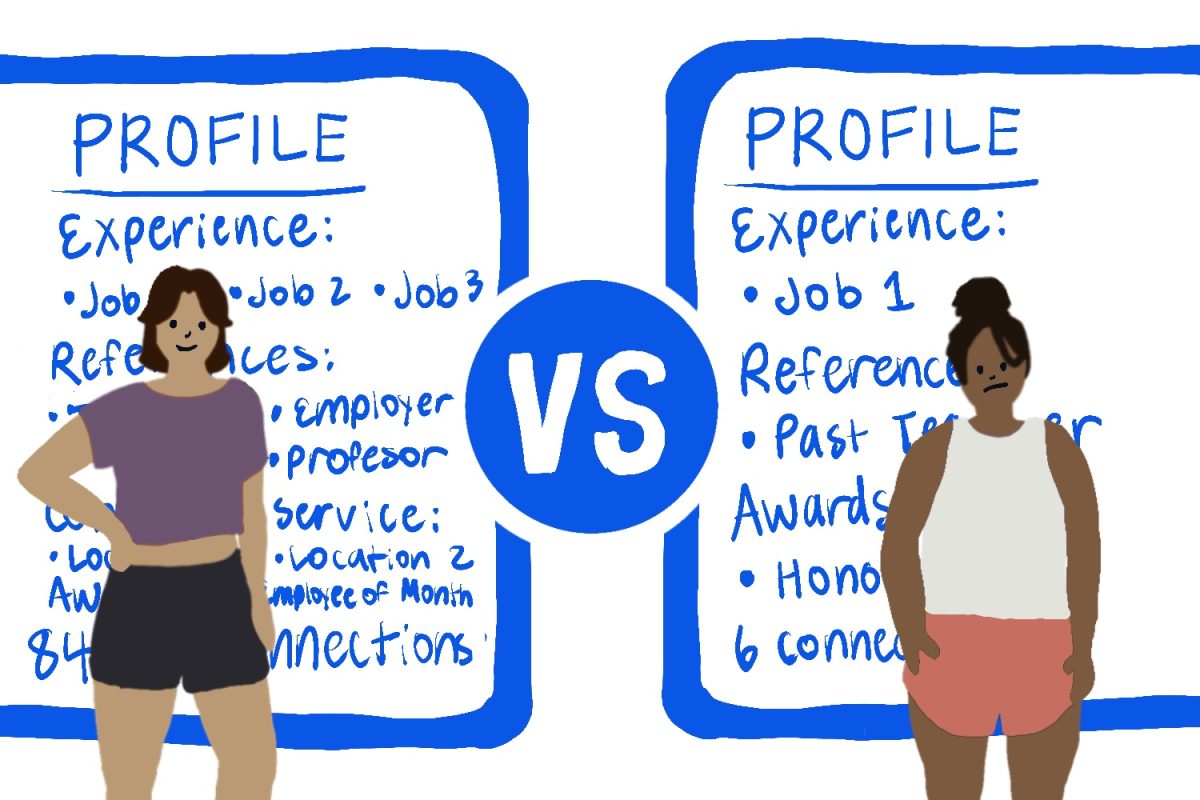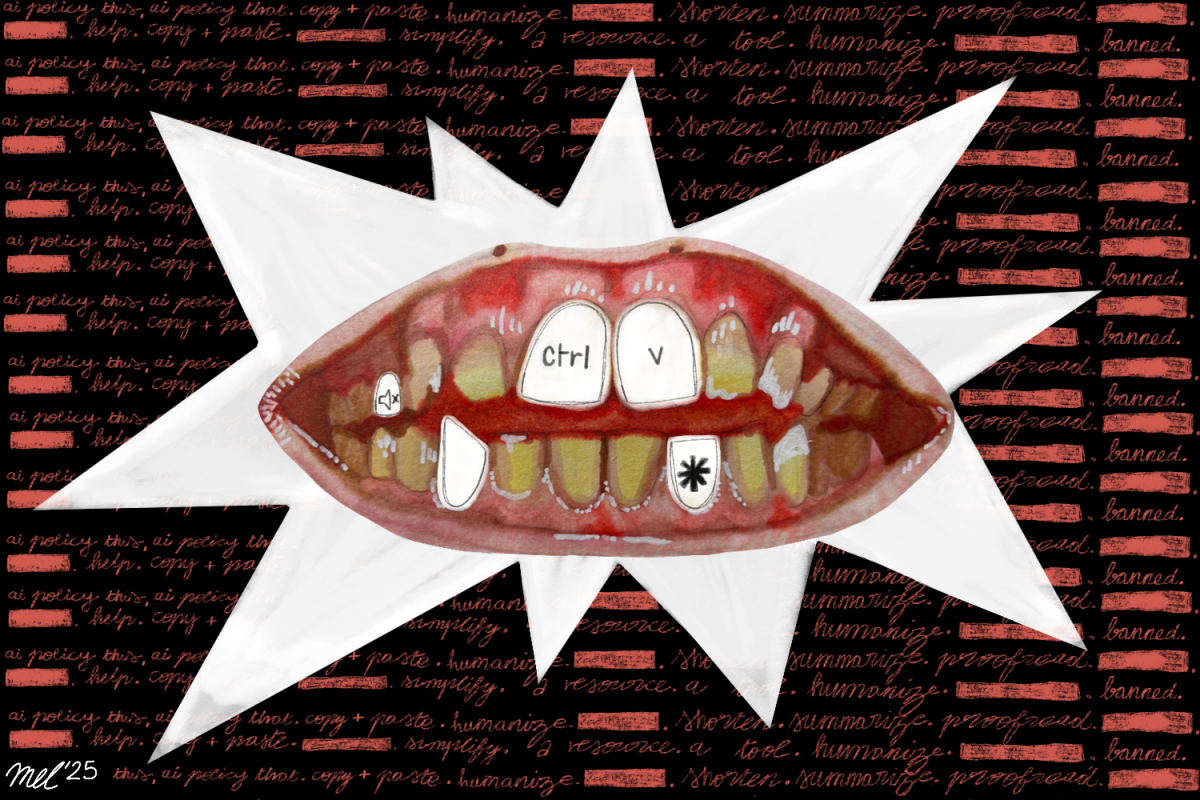The new administration is hell-bent on keeping all Donald Trump’s campaign promises through the use of executive orders. If it continues at this rate, we should all simply go to the issues section on the White House’s website to see what he’s going to do next. Trump’s immigration ban on seven Muslim-majority countries is a thinly veiled attempt to discriminate against Muslims and make good on his “Muslim ban” campaign promise. Even though the seven countries in question were flagged by the Obama administration, the policies enacted by Obama were far more intricate and less discriminatory. For the most part, they were enacted after the December 2015 San Bernardino shooting and to many they could be rationalized. Most importantly, the legislation President Barack Obama enacted did not bar anyone from entering the United States. It made it difficult, sure, but no one was banned.
For a moment, let’s entertain the notion that Trump does not want to make a cultural or political statement (even though he does). Let’s assume he genuinely wanted to prevent terrorism. If I were a Republican president who wanted to prevent terrorism by banning entry from certain countries, I would refer to the Global Terrorism Index, which is a metric developed by The Institute for Economics and Peace intended to rank nations based on terrorist activity. If Trump used GTI and chose to ban the top seven countries who have the highest levels of terrorist activity, he would be able to form a rational argument. Would it be a good argument? Probably not, but we would be able to see the thought process and it would foster a less offensive debate — “less” being the operative word.
The seven countries affected by the executive order are Iraq, Iran, Libya, Somalia, Sudan, Syria and Yemen. According to the GTI metric, Iraq is the world’s most terror prone country, Syria ranks fifth, seventh is Yemen, eighth is Somalia, Libya is ninth and Sudan occupies the sixteenth spot on the list. Iran is the major outlier ranked as the thirty-ninth most terror prone country in the world. According to this metric, Iran is less terror prone than the United States, which occupies the thirty-fifth spot on GTI’s list. Noticeably absent from the list of countries Trump banned are Muslim-majority countries Egypt, Saudi Arabia and the United Arab Emirates. These are the three Muslim-majority countries that Trump has done business with.
I’m not trying to argue that the Global Terrorism Index is a metric that should determine national security policy. I’m not a national security expert, so perhaps GTI isn’t the best metric to work with. But lest we forget Trump is not a national security expert either. I began my research with the hopes of rationalizing Trump’s twisted and overtly racist behavior. Unfortunately, his argument is shaky, and the seven countries he banned appear to be relatively arbitrary choices if his ultimate goal was to halt the entry of terrorists into the United States.
As someone who is incredibly pessimistic, I feel like a clairvoyant. The worst of Trump’s rhetoric is becoming law. The only campaign promise he isn’t making good on is his promise to become more presidential, but that was also pretty predictable. Seventy-year-old men don’t tend to change much and it was foolish for us to expect Trump to take this office seriously.
Political commentary has also become formulaic. Trump’s reliability and the unsurprising media response from both the left and right are starting to get rather irksome. It is nearly certain that this week, in her final thoughts, Tomi Lahren will once again go off on “snowflakes,” her term for liberals. This time, Lahren’s thesis statement will read that “whiny snowflake crybabies went to an airport for a major group cry.” She will then praise god-emperor Trump and conclude her rant by making some sort of broad stroke-disparaging statement about her own generation.
As someone who follows political pundits as closely as some diehard fans follow the New England Patriots, I have to say that I’m getting kind of bored. As a patriotic American, I’m exhausted and disheartened. As a descendant of Irish Catholic immigrants who faced discrimination, I am reminded of the inscription on the Statue of Liberty — “Give me your tired, your poor, your huddled masses yearning to breathe free, the wretched refuse of your teeming shore. Send these, the homeless, tempest-tost to me, I lift my lamp beside the golden door!”
As a pessimist and a realist, I can only assume that this inscription does not appear on the doors of the detainment cells holding our huddled masses that are likely in a state of fearful desperation.




















































































































